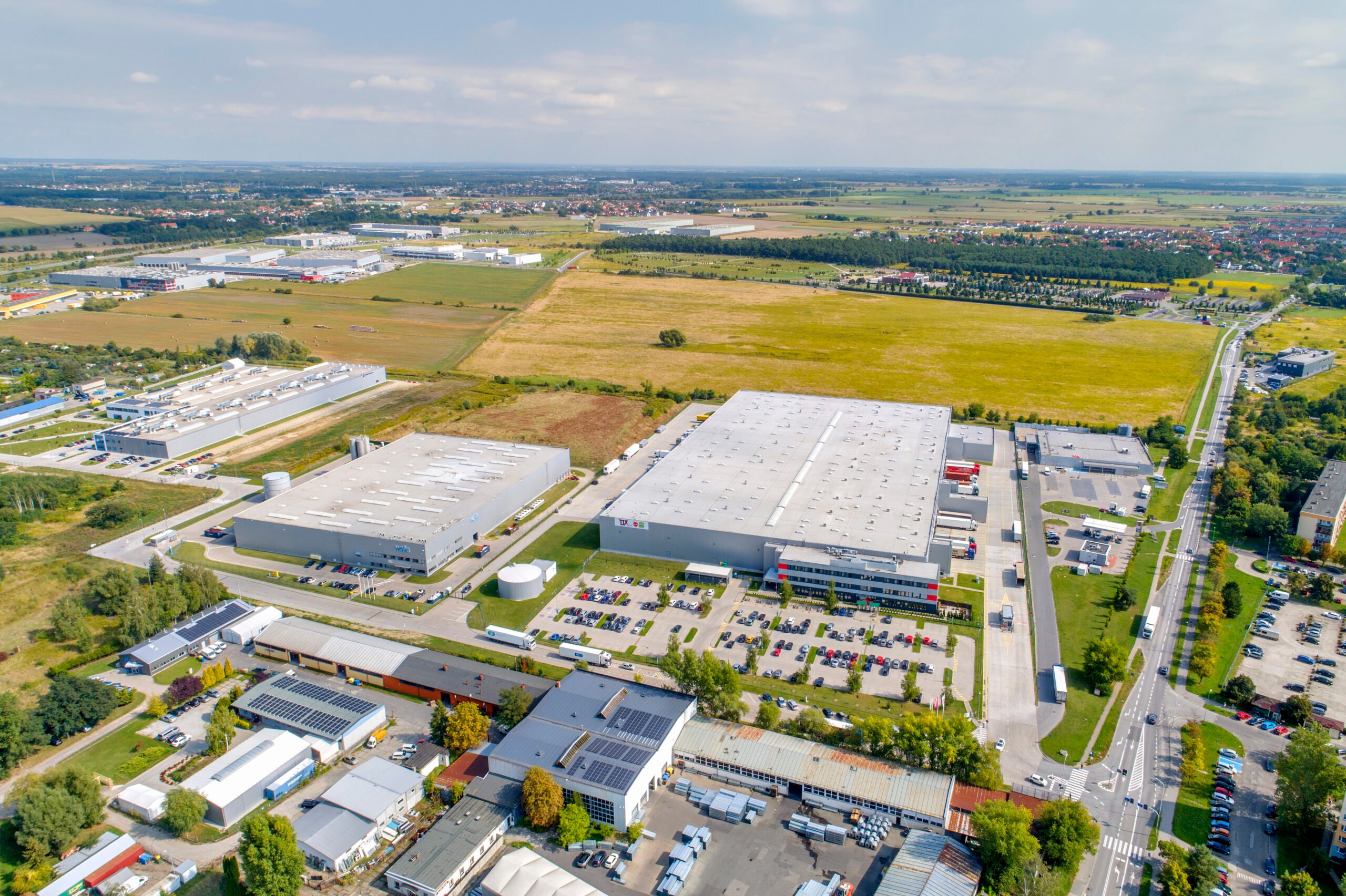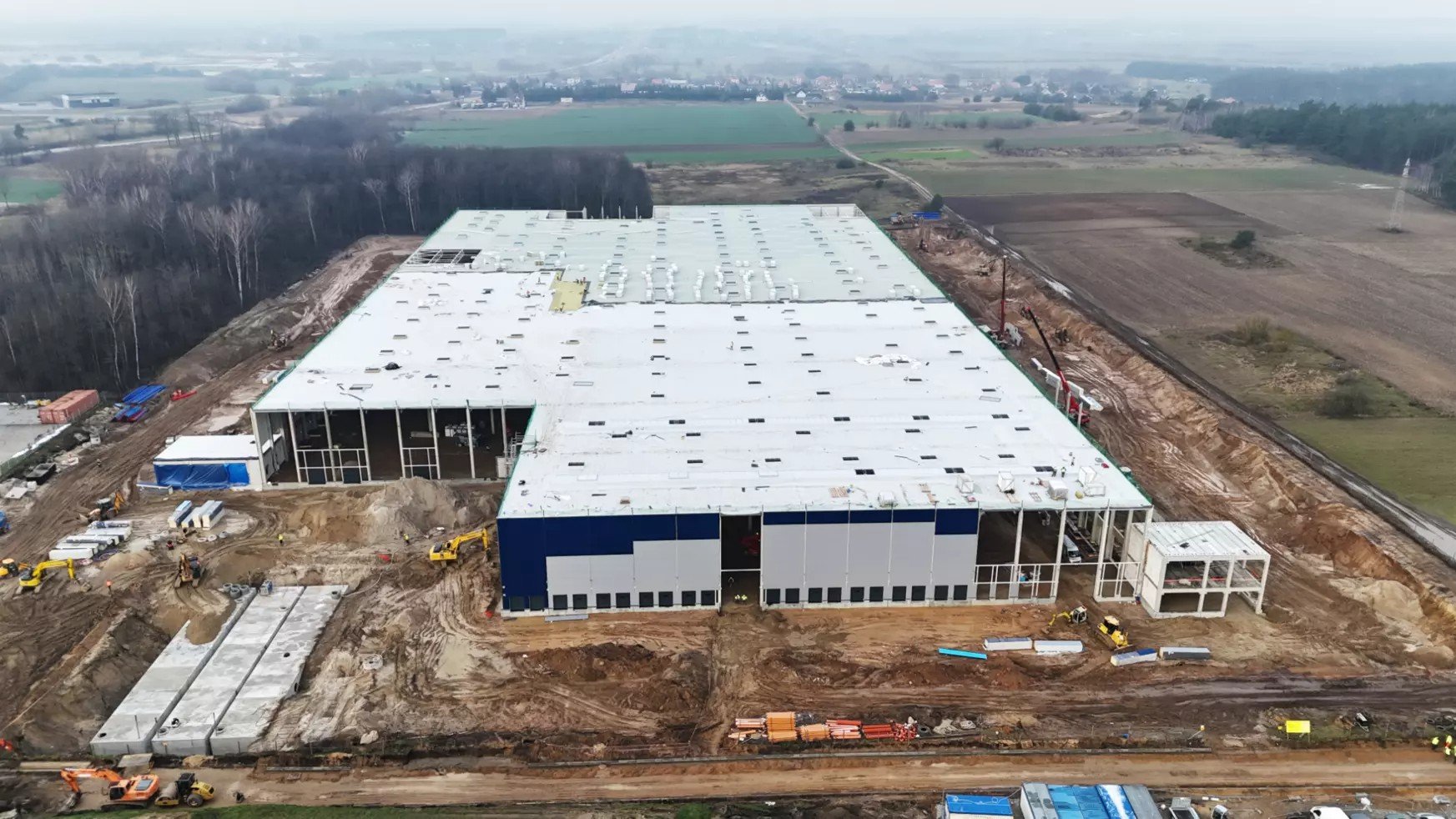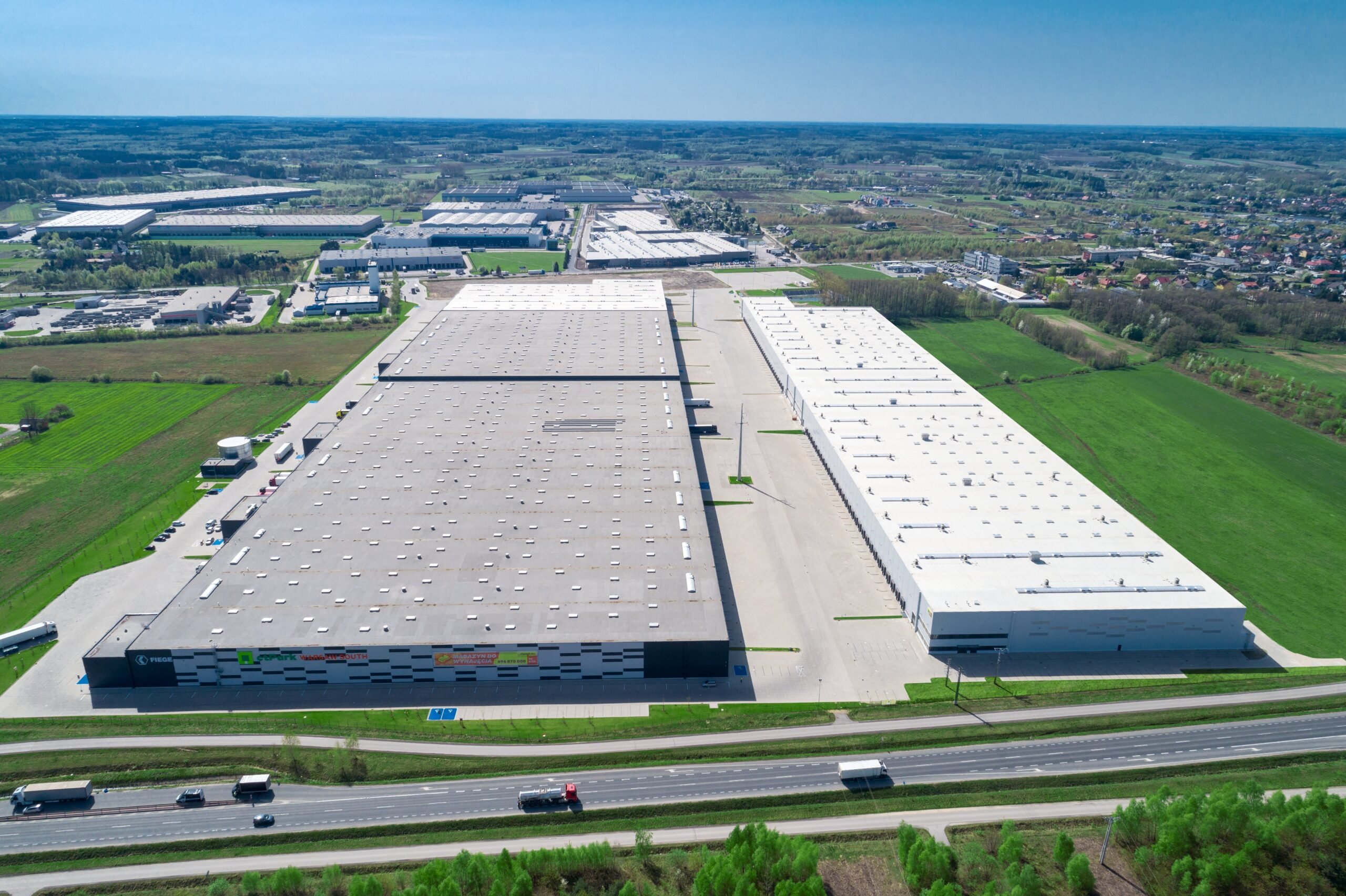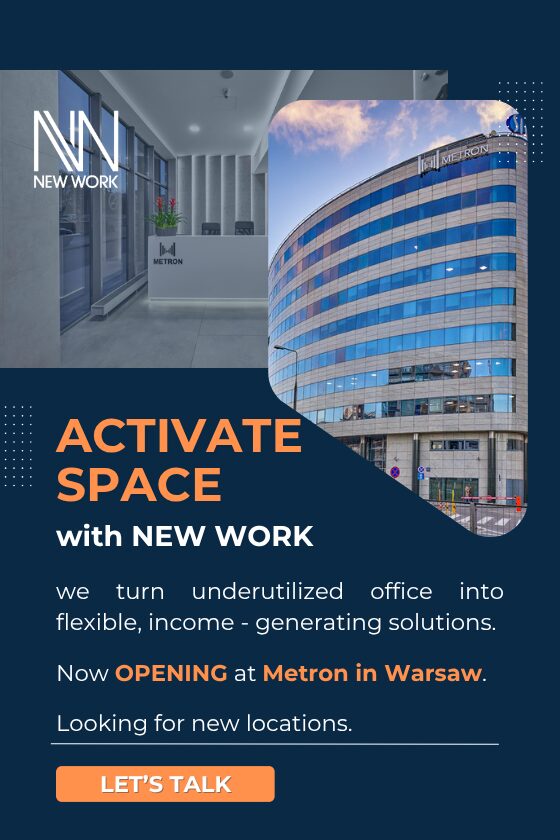Early 2025 saw both development and leasing activity in Poland’s industrial and logistics market continue at a steady pace. According to At A Glance: Industrial and Logistics Market in Poland, Q1 2025, a report from BNP Paribas Real Estate Poland, total take-up reached 1.11 million sqm, up 16 percent year-on-year. Notably, 56 percent of this volume came from lease renewals, indicating ongoing caution around signing new leases.
Development activity slows
Nearly 700,000 sqm of industrial and logistics space was delivered across Poland in the first quarter of 2025, marking an approximate 20 percent year-on-year decline. The largest volumes of new space were completed in Lower Silesia (269,000 sqm), Upper Silesia (118,000 sqm) and Poznań (61,000 sqm).
Poland’s total industrial and logistics development pipeline stood at 1.37 million sqm, down 41 percent year-on-year and 22 percent quarter-on-quarter. Major projects currently underway include Panattoni Park Zgierz II (68,000 sqm), Tuszyn Industrial Park (59,000 sqm) and 7R Park Lublin (57,000 sqm). The highest concentrations of development activity were recorded in Warsaw II (326,000 sqm), Upper Silesia (270,000 sqm) and Central Poland (253,000 sqm). This downturn in industrial and logistics construction in Poland aligns with the global slowdown in the warehouse sector.
“Speculative construction – a litmus test for the health of the industrial and logistics sector – remains constrained, with developers requiring high pre-let rates before launching new projects. Looking ahead, the market landscape is expected to remain static in the coming quarters: lease renewals will continue to dominate gross take-up and development activity will likely remain subdued – a dynamic that may push vacancy rates down over the longer term,” comments Ludwika Korzeniowska, Head of Industrial and Logistics, BNP Paribas Real Estate Poland.
Lease renewals dominate, with 3PL leading the way
Total industrial and logistics take-up surpassed 1.1 million sqm in the first quarter of 2025, with the strongest leasing activity recorded in Warsaw II (246,000 sqm), Upper Silesia (228,000 sqm) and Central Poland (152,000 sqm). The largest transactions included a new lease for 67,000 sqm at 7R Park Gdańsk III, the renewal of a 55,000 sqm lease at Prologis Park Chorzów by Moto-Profil and OBI’s renewal of its 50,000 sqm lease at P3 Łódź II.
According to analysts at BNP Paribas Real Estate Poland, projects in the pipeline had an average pre-let rate of over 58 percent. Between January and March, third-party logistics (3PL) providers led the leasing market, accounting for 33 percent of all deals, followed by retailers with a 15 percent share.
Leasing activity was dominated by renewals, which made up 56 percent of total transaction volume, while new leases accounted for 36 percent. That said, industrial and logistics demand in Poland remains stable, underpinned by the country’s solid economic fundamentals, strategic position in European supply chains, the rise of nearshoring, competitive operating costs, skilled labour availability, robust infrastructure and access to EU consumer markets.
The Polish market has also attracted new entrants, including CIRRO E-Commerce – an e-commerce logistics solutions provider that officially debuted in Poland – and the Lithuanian investment fund Nordspace, which plans to develop 100 business parks composed of Small Business Units (SBUs).
Rents remain stable while vacancy rates edge up
Industrial and logistics rents have stabilised following a period of growth. At the end of the first quarter of 2025, typical monthly rents stood at €3.20–8.50 per sqm, with the highest posted in Warsaw and Kraków. Small Business Units (SBUs) commanded higher rents, while markets with elevated vacancy rates tended to offer more generous incentive packages.
At the end of March 2025, Poland’s overall vacancy rate hit 8.5 percent, up 1.0 pp quarter-on-quarter, leaving 2.9 million sqm of available industrial and logistics space. The highest vacancy rate was recorded in the West (20.1 percent), while the lowest was in Opole (2.4 percent).
Self-storage gains traction
BNP Paribas Real Estate Poland highlights the growing significance of the self-storage market, which is expanding at pace, especially in major urban areas. Poland currently has nearly 200 self-storage facilities.
The growth of the self-storage segment is primarily driven by rising demand for flexible and efficient warehousing solutions from both individuals and companies reluctant to commit to long-term leases. Self-storage facilities are particularly popular within the e-commerce sector, which remains in its early stage in Poland but is on a promising growth trajectory.
Warehouses and energy security
Ongoing automation in manufacturing and warehousing is driving demand for reliable power supplies. Even brief power outages can cause substantial financial losses for companies and tenants, making energy security essential to business operations.
“The most common measures to minimise risks and potential losses due to power cuts include emergency power systems that support business continuity for limited periods. Photovoltaic and wind power installations have also been gaining momentum recently. However, at the core of energy resilience are battery energy storage facilities that store excess solar or wind power,” concludes Robert Pawłowski, Director, Industrial and Logistics, BNP Paribas Real Estate Poland







